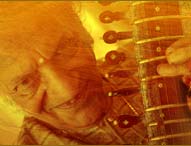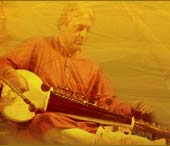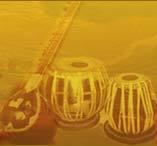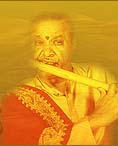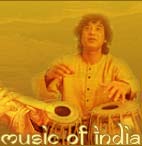If there is any instrument that has earned the status close to godliness and managed to mesmerize the audience with its soothing melodies, it has to be the Veena. Veena is a popular Carnatic music instrument that is said to be many centuries old. Western music scholars believe that the instrument has many characteristics that belong to European style lute. The Veena has many discrepancies in sound and shape it has been customized and improvised over the decades to create a unique style from the lute. This 1.5 meter long instrument has two drones on both the side to give it an even balance and is connected with four different strings along with frets that give different harmonics than any other music device. Veena being an age old musical instrument holds religious importance and also symbolizes ancient culture and heritage in southern India. Today, this art form is almost on the verge of being extinct, despite efforts to revive it. Read the article below to know more about veena.
History of Instrument
The history of Veena dates back to the Vedic period which is about 1500BCE. The legend states that it all began when a hunter first discovered a different sound from his bow when it began to vibrate. The curious hunter tried various grass roots and animal fiber to create music, which in turn gave birth to the formation of Veena. Once the basic structure of the Veena was formed, further changes took place to bring about a distinctive sound. In the olden days this instrument had very few frets but today the Sarswathi Veena is said to have 24 frets on it. Besides this, the instrument also has religious association, as it has been described in many sacred texts that as goddess Sarawati playing this instrument. She is also represented as the Goddess of Knowledge. One who masters the art of playing this musical device is said to attain deliverance from the cycle of birth.
Types
It's a known fact that the Veena is an ancient instrument that has undergone several changes. There have been many versions of the Veena. To begin with, most of us are familiar with the Saraswati Veena which is commonly played in many events even today. Rudra Veena which is said to be an instrument played by Lord Shiva according to scholars is now completely declined. Vichitra Veena like the name suggests is a distinctive kind of veena that does not have any frets and looks similar to the Gottuvadhyam. Kolkata craftsmen have been well known for creating the best Saraswati Veena and Thanjavur artisans are famous for producing some of the finest Rudra Veena and Vichitra Veena in the world. However, until date, Veena continues to undergo various changes. There are many modern day versions to it such as Ranjan Veena and Mohan Veena. While the former looks similar to the sitar, the latter has a close resemblance to the guitar.
Occasion
The Veena performance in the ancient times used to be accompanied during the chants of the Yagya as a way to please to the gods and goddess. It soon became an important source of entertainment as many musicians where seen playing them in royal courts and in temples. With growing globalization, the influences of western music diminished its importance in the country. Today however you can find several musical festivals such as the National Veena Festival in India and the Thayagraja Concert in Chicago and in Thanjavur to promote and encourage aspiring musicians. The music concert does not only help retain an ancient culture but also cater to a global audience.
Famous Veena Players
The list of Veena players in our country is exceptionally long, but the list below has a few renowned names that have not only earned a reputation for being one of the best players, but those who have given a difference to this art form. Veenai Ranganayaki Rajagopalan, Veenai Dhanammal, Rugmini Gopalakrishnan, Doraiswamy Iyengar, Veene Sheshanna, Veena Venkatagiriappa, Emani Sankara Sastry, Chitti Babu, Rajhesh Vaidhya and so on.
